Performance Racing Technology
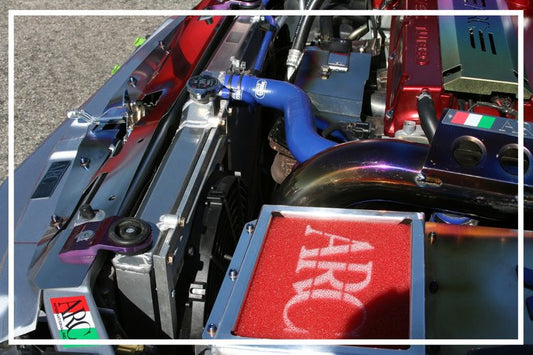
UPGRADED PERFORMANCE RACING RADIATORS
Always mount radiators and coolers on soft rubber. When solidly mounted the vibrations eventually cause cracks, and failure ensues.When running straight water use tap water as it contains minerals that...
UPGRADED PERFORMANCE RACING RADIATORS
Always mount radiators and coolers on soft rubber. When solidly mounted the vibrations eventually cause cracks, and failure ensues.When running straight water use tap water as it contains minerals that...
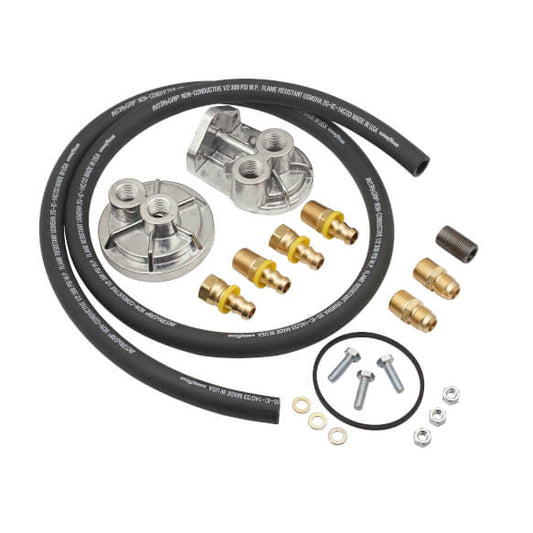
INSTALLATION INSTRUCTIONS FOR MR. GASKET 7680 A...
Holley’s Mr. Gasket Remote Oil Filter Adapter Kit Part Number 7680 & 7682 Kit 7680 Fits G.M. Corporate Chevrolet Engine Applications. Chevrolet, Buick, Cadillac, Oldsmobile, Pontiac.V8 and in-line 6 engines...
INSTALLATION INSTRUCTIONS FOR MR. GASKET 7680 A...
Holley’s Mr. Gasket Remote Oil Filter Adapter Kit Part Number 7680 & 7682 Kit 7680 Fits G.M. Corporate Chevrolet Engine Applications. Chevrolet, Buick, Cadillac, Oldsmobile, Pontiac.V8 and in-line 6 engines...
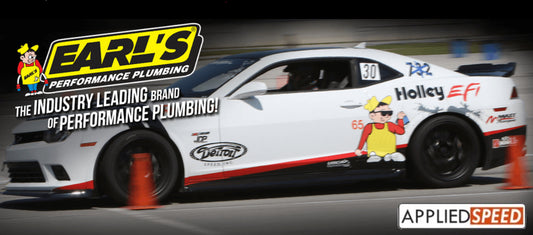
EARL'S PERFORMANCE RACING FUEL HOSES
Earl's Vapor Guard, Withstand Fuel Corrosion, Most Economical EARL'S ULTRA PRO, THE PERFORMANCE HOSE, BLACK POLYESTER OR STEEL BRAID. ULTIMATE FLEXIBILITY AND WEIGHT SAVING SPEED-FLEX, CARBON-LINED Earl's Ultra Flex hose....
EARL'S PERFORMANCE RACING FUEL HOSES
Earl's Vapor Guard, Withstand Fuel Corrosion, Most Economical EARL'S ULTRA PRO, THE PERFORMANCE HOSE, BLACK POLYESTER OR STEEL BRAID. ULTIMATE FLEXIBILITY AND WEIGHT SAVING SPEED-FLEX, CARBON-LINED Earl's Ultra Flex hose....
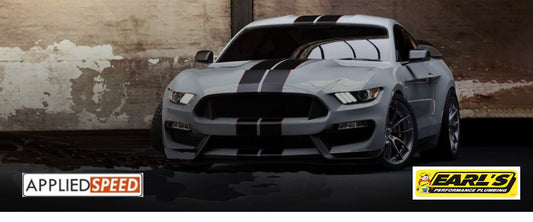
What is the Best Oil Cooler? Earl's UltraPro Oi...
AppliedSpeed.com's extensive experience in motorsports and performance has partnered with a new generation of web design and product integration specialists to create synergy to devise the Four Click Method© for a seamless...
What is the Best Oil Cooler? Earl's UltraPro Oi...
AppliedSpeed.com's extensive experience in motorsports and performance has partnered with a new generation of web design and product integration specialists to create synergy to devise the Four Click Method© for a seamless...
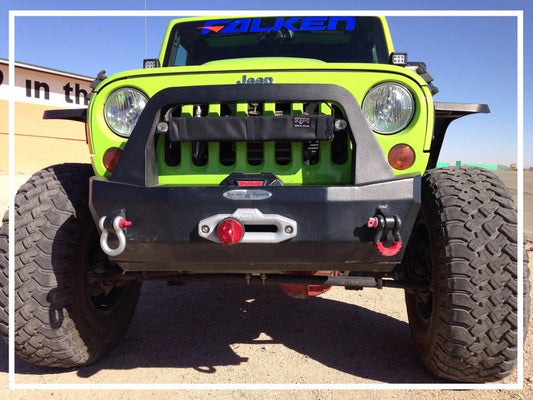
HOW TO MANAGE AND KEEP LUBRICANT TEMPERATURES COOL
Increasingly stringent emissions standards place an added burden on engine oil as it is also called upon to prevent gasses from bypassing the rings. To further improve emissions, engine manufacturers...
HOW TO MANAGE AND KEEP LUBRICANT TEMPERATURES COOL
Increasingly stringent emissions standards place an added burden on engine oil as it is also called upon to prevent gasses from bypassing the rings. To further improve emissions, engine manufacturers...

GARMIN CATALYST LAP TIME IMPROVER VIDEO
The Garmin Catalyst is a new innovative instrument virtual racing coach that yields immediate session analysis to help drivers of all levels achieve their full track driving potential.
GARMIN CATALYST LAP TIME IMPROVER VIDEO
The Garmin Catalyst is a new innovative instrument virtual racing coach that yields immediate session analysis to help drivers of all levels achieve their full track driving potential.
